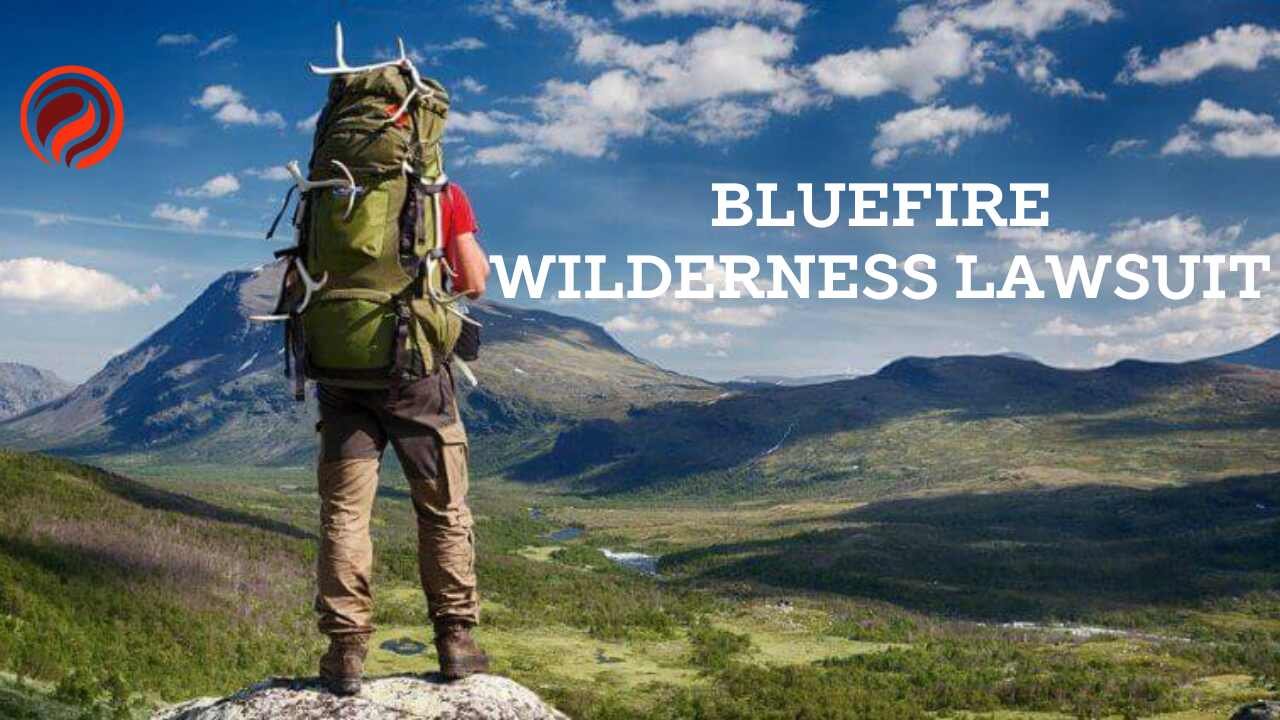Introduction
The concept of wilderness therapy is rooted in using outdoor experiences to foster personal growth and heal behavioral issues. BlueFire Wilderness, a program located in Idaho, is one such institution designed to help troubled teens overcome their challenges through outdoor activities and therapeutic interventions. However, recent developments have led to severe legal scrutiny. A lawsuit against BlueFire Wilderness has drawn public attention to the darker side of wilderness therapy, exposing potential risks and ethical concerns within such programs. This article explores the events and allegations that sparked this significant legal battle.
Background of BlueFire Wilderness
BlueFire Wilderness was established to provide adolescents with a path to self-improvement through structured outdoor activities combined with professional mental health support. The program offers a range of activities, from hiking to horseback riding, aimed at building confidence, responsibility, and social skills among participants. While such programs often present themselves as beneficial and therapeutic, the structure and execution of these offerings are crucial to their safety and effectiveness.
Overview of the Lawsuit
In 2023, a lawsuit was initiated by former participants and their families against BlueFire Wilderness. The legal action brought to light several grave allegations concerning the management and operational practices at the facility. The lawsuit’s claims focus on the treatment of the teenagers enrolled in the program, touching upon issues that question the foundation of the program’s ethical and professional standards.
Allegations Detailed
The lawsuit articulates several significant points of concern:
- Emotional and Physical Abuse: Plaintiffs have accused staff members at BlueFire of employing excessively harsh disciplinary measures, including verbal abuse, forced isolation, and sleep deprivation. The lawsuit claims such measures were used as behavior modification tools rather than therapeutic interventions.
- Lack of Qualified Staff: It is alleged that many staff members lacked the necessary training and credentials for roles involving high-risk outdoor activities and managing youth with complex emotional and behavioral needs.
- Misrepresentation of Services: The marketing materials provided by BlueFire Wilderness allegedly promised a level of service and therapeutic outcome that did not align with the reality experienced by the participants, misleading prospective clients about the nature and effectiveness of the program.
Catalysts for the Lawsuit
The catalysts for the lawsuit appear to be a culmination of repeated grievances expressed by various stakeholders, including distressed participants and concerned family members. Reports of misconduct and inadequate supervision may have been circulating informally long before reaching a boiling point. The decision to proceed with a lawsuit likely followed incidents that participants or their families deemed severe and indicative of systemic problems rather than isolated occurrences.
Response from BlueFire Wilderness
In response to the allegations, BlueFire Wilderness has publicly denied any wrongdoing. The program asserts that qualified professionals carry out its operations and that all program activities are designed with participant safety and well-being as priorities. The organization also suggests that the lawsuit may be fueled by misinterpretations or exaggerated claims intended to undermine the program’s reputation.
Implications for the Wilderness Therapy Industry
This lawsuit does not exist in isolation but is part of a broader debate over the practices within the wilderness therapy industry. Concerns about staff qualifications, the safety of the therapeutic practices, and transparency regarding program outcomes are prevalent in discussions about industry standards. The case against BlueFire Wilderness highlights the need for stricter regulatory oversight and accountability in wilderness therapy, prompting calls for reforms to protect future participants.
Conclusion
The lawsuit against BlueFire Wilderness is a critical reminder of the potential risks associated with wilderness therapy programs. For parents and guardians, it underscores the importance of diligent research and ongoing vigilance when choosing therapeutic interventions for their children. The industry, meanwhile, faces a pivotal moment where it must address these serious concerns and reform practices to ensure the safety and integrity of its programs. As this legal battle unfolds, it will likely influence how wilderness therapy is perceived and regulated.
Call to Action
For those considering wilderness therapy, it is essential to thoroughly evaluate the program’s and its staff’s credentials, understand the therapeutic approaches used, and maintain open lines of communication with all involved parties. Ensuring the well-being of participants must be the foremost priority, guiding all decisions related to therapeutic interventions for young people.
Also Read Interesting articles at Newzflix












